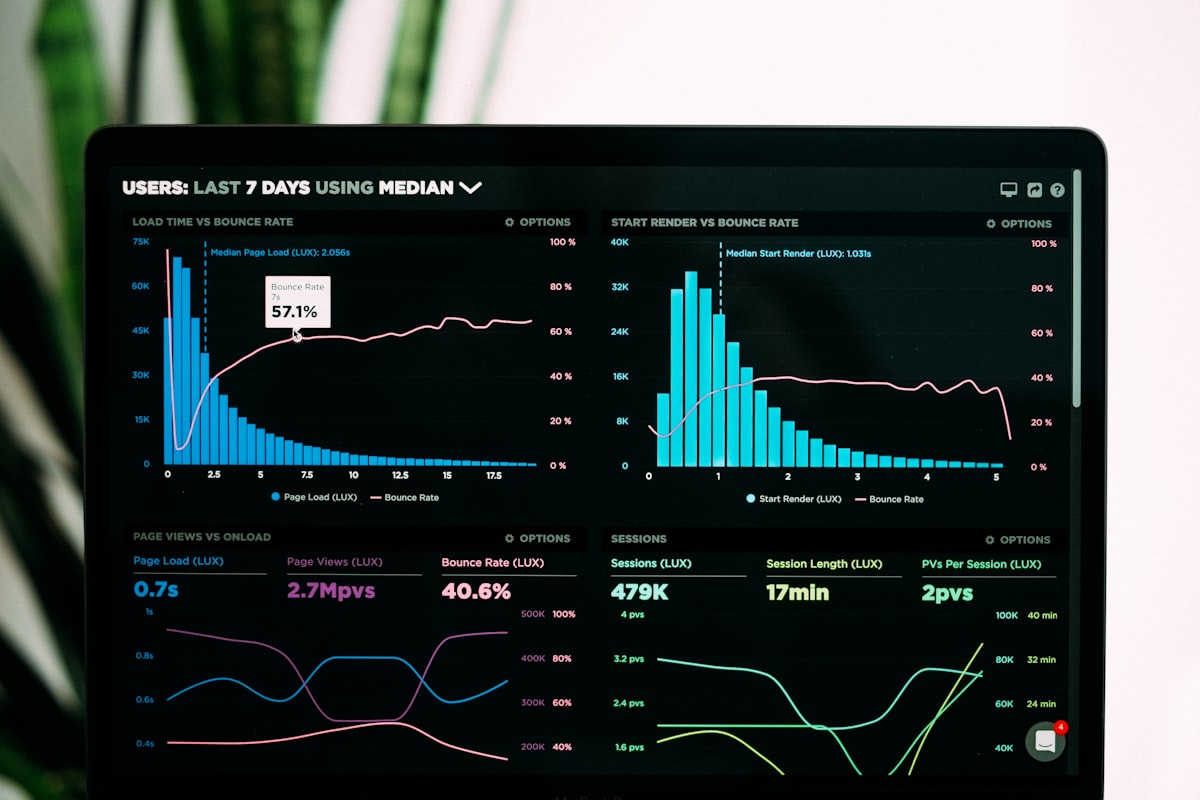U.S. Economy 2025: The Complete Guide to Navigating Challenges and Opportunities
Published: May 21, 2025 | Updated: Today | Word Count: 1,587

📊 2025 Economic Snapshot: The U.S. economy is navigating a complex landscape with 2.1% GDP growth, 3.8% unemployment, and persistent 3.2% core inflation. Federal Reserve policies continue to shape market conditions as businesses and consumers adapt to this U.S. economy 2025 reality.
1. The Inflation Battle: Progress and Persistent Challenges
While headline inflation has cooled from its 2022 peak, the U.S. economy 2025 continues grappling with stubborn price pressures in key sectors:
- Housing costs remain elevated with shelter inflation at 5.1% year-over-year
- Services inflation persists at 4.3% due to wage growth in healthcare and education
- Food prices have stabilized but remain 18% higher than pre-pandemic levels
The Federal Reserve's preferred core PCE index, which excludes volatile food and energy prices, continues to run above the 2% target at 2.8% as of Q1 2025. This has led the central bank to maintain its restrictive stance, with the federal funds rate holding at 5.25-5.5% through the first half of the year.
According to Federal Reserve Chair Jerome Powell, "While we've made substantial progress, the last mile of inflation reduction may prove the most challenging." The Fed's latest projections suggest just one 25-basis-point cut in late 2025, contingent on sustained improvement in inflation metrics.
2. Labor Market Dynamics: Strength Meets Structural Shifts

The U.S. economy 2025 labor market presents a paradox of continued strength amid significant transformation:
| Metric | 2023 | 2025 | Change |
|---|---|---|---|
| Unemployment Rate | 3.6% | 3.8% | +0.2% |
| Labor Force Participation | 62.6% | 63.1% | +0.5% |
| Average Hourly Earnings | +4.4% y/y | +3.9% y/y | -0.5% |
Three structural shifts are redefining the employment landscape:
- AI adoption is displacing certain white-collar roles while creating demand for AI supervisors and trainers
- Boomer retirements continue at a rate of 10,000/day, creating skills gaps in healthcare and skilled trades
- Hybrid work has stabilized with 43% of workers splitting time between home and office
The Bureau of Labor Statistics reports that healthcare, renewable energy, and cybersecurity are the fastest-growing sectors, adding over 300,000 jobs collectively in Q1 2025.
3. Sector Spotlight: Winners and Losers in 2025
The U.S. economy 2025 is producing clear sector divergences:
Thriving Industries
- Semiconductor manufacturing (+28% growth) fueled by CHIPS Act investments
- Renewable energy (+19%) as solar installations hit record levels
- AI infrastructure (+42%) with data center construction booming
Challenged Sectors
- Commercial real estate (-12%) as office vacancies reach 18.6%
- Traditional retail (-7%) with mall traffic down 23% from 2019
- Regional banks (-15%) facing continued pressure from higher rates
Notably, the technology sector has bifurcated - while AI-focused companies thrive, traditional hardware and consumer electronics face headwinds. The NASDAQ-100 reflects this divide, with AI leaders up 38% year-to-date while other components are flat.
📈 Essential Tool for Economic Navigation
The Apple 2024 iMac with M4 chip helps professionals stay productive in this dynamic economy with:
- Blazing-fast performance for data analysis
- Crystal-clear 24-inch 4.5K Retina display
- All-day battery life for uninterrupted work
Disclosure: As Amazon Associates we earn from qualifying purchases.
4. Consumer Resilience: Spending Patterns in 2025

American consumers continue driving the U.S. economy 2025, but their behavior reveals important shifts:
- Experiences over goods: Spending on travel and entertainment up 14% while durable goods flat
- Value consciousness: Private label grocery sales now 25% of market (up from 19% in 2021)
- Generational divides: Gen Z spending up 8% y/y while Boomers cut back 3%
Credit card debt has reached a record $1.13 trillion, raising concerns about financial fragility. However, strong household balance sheets (with $18.7 trillion in household net worth) suggest most consumers can weather current challenges.
5. Policy Landscape: Election Year Economics
The 2024 election results are shaping the U.S. economy 2025 through several key policies:
- Tax policy: The TCJA extensions maintain 21% corporate rate but cap SALT deductions
- Trade policy: New tariffs on Chinese EVs (100%) and semiconductors (50%) took effect March 2025
- Climate investments: Inflation Reduction Act tax credits continue driving $62B in clean energy projects
The Congressional Budget Office projects the federal deficit will reach $1.9 trillion in FY2025, with debt-to-GDP hitting 123%. While this raises long-term concerns, markets have shown limited reaction due to strong demand for Treasury securities.
U.S. Economy 2025: Key Takeaways and Actionable Insights
As we navigate the U.S. economy 2025, several strategic imperatives emerge:
- Position for persistent inflation: Focus on sectors with pricing power and consider inflation-protected assets
- Embrace productivity tools: AI and automation can offset labor costs in tight markets
- Monitor policy shifts: Election year dynamics may create volatility opportunities
- Stay liquid: Maintain cash reserves to weather potential turbulence
For ongoing analysis of the U.S. economy 2025, subscribe to our premium insights and join 200,000+ informed decision-makers.




0 Comments